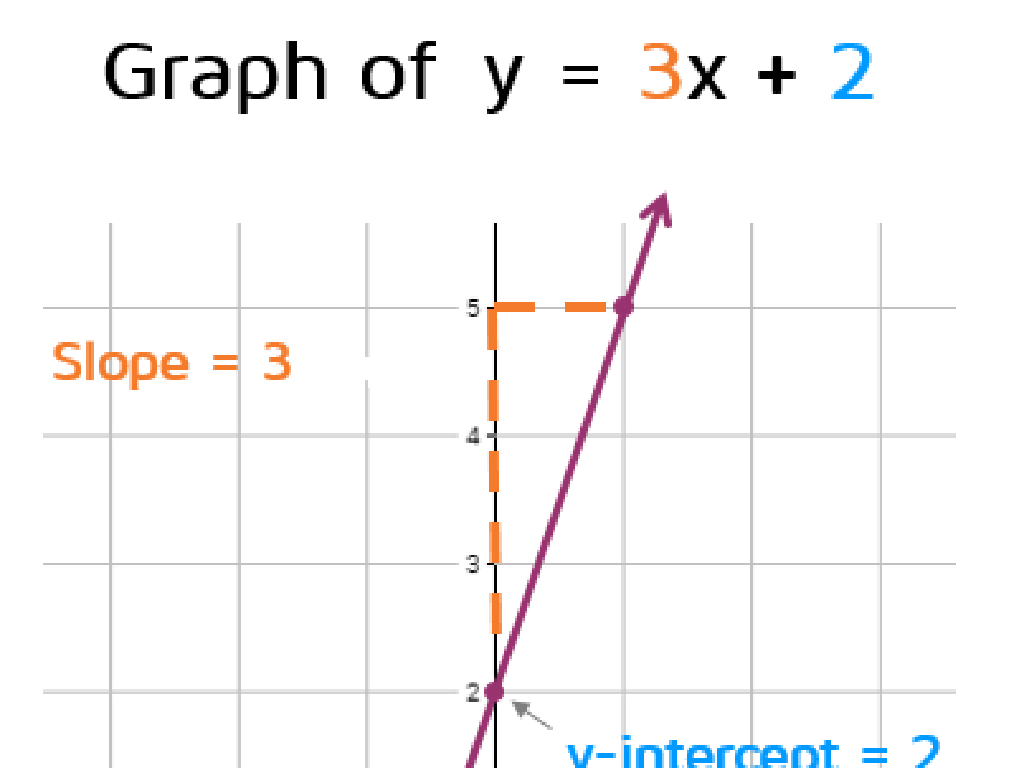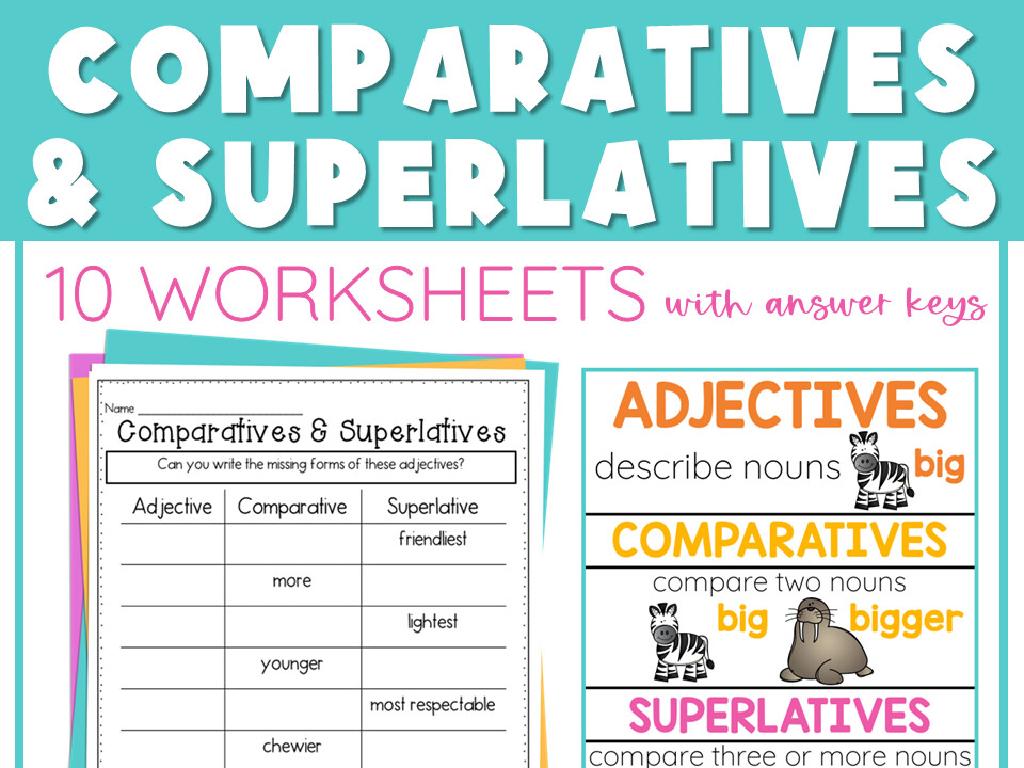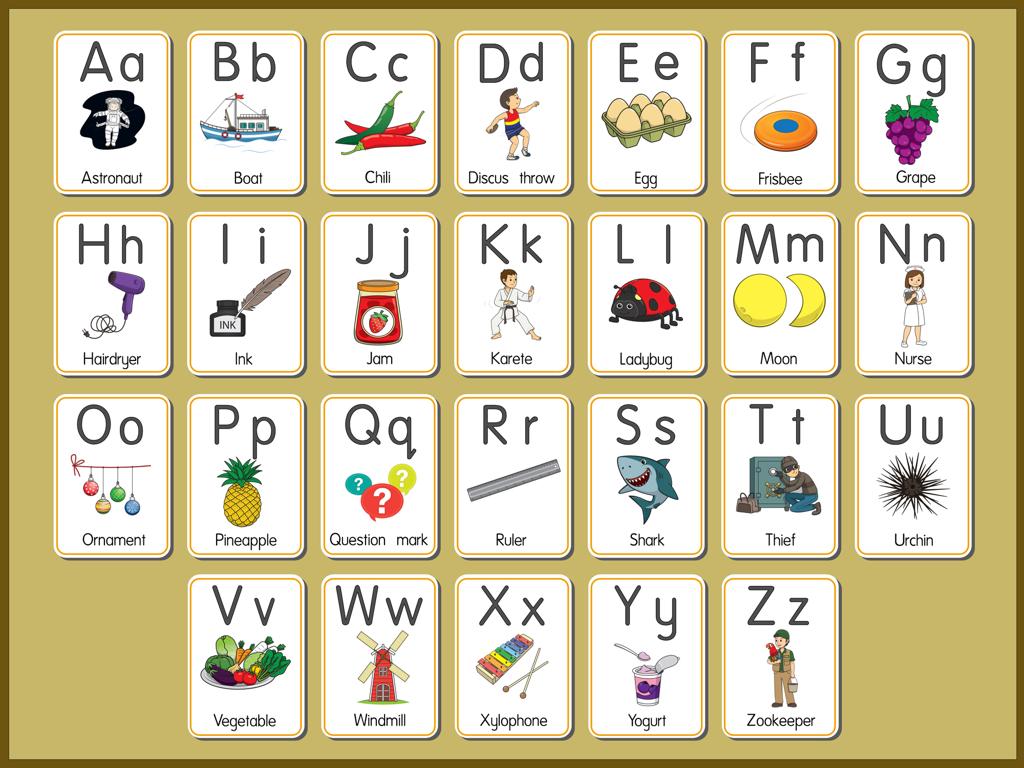Determine The Author'S Point Of View
Subject: Language arts
Grade: Eighth grade
Topic: Point Of View
Please LOG IN to download the presentation. Access is available to registered users only.
View More Content
Understanding Point of View in Literature
– Define Point of View (POV)
– POV is the perspective from which a story is told.
– Types of POV in stories
– First-person, second-person, third-person limited, and omniscient.
– Significance of POV in literature
– Shapes the reader’s perception and emotional connection.
– Analyzing POV in reading
– Consider how the story might change with a different POV.
|
This slide introduces the concept of Point of View (POV) and its importance in literature. Begin by defining POV as the perspective from which the story is narrated. Discuss the different types of POV, such as first-person, second-person, third-person limited, and third-person omniscient, providing examples for each. Explain how an author’s choice of POV can influence the reader’s understanding and emotional engagement with the story. Encourage students to think critically about how different POVs might alter their interpretation of a text. In the next class, students will analyze texts to identify the POV and discuss how it affects their reading experience.
Exploring Types of Point of View
– First Person POV
– Narrator is part of the story (I, me, my)
– Second Person POV
– Directly addresses the reader (you, your)
– Third Person POV: Limited
– Narrator knows thoughts/feelings of one character
– Third Person POV: Omniscient & Objective
– Omniscient knows all characters’ thoughts; Objective is a neutral observer
|
This slide aims to help students understand the different perspectives from which a story can be told. First Person POV uses ‘I’ or ‘me’ and gives the reader insight into the narrator’s personal experiences and thoughts. Second Person POV, less common, speaks directly to the reader using ‘you’ and is often used in instructional writing. Third Person Limited POV focuses on one character’s thoughts and experiences, while Third Person Omniscient POV provides a god-like insight into all characters, and Third Person Objective POV offers a neutral and unbiased perspective. Encourage students to identify these points of view in their reading and consider how the choice of POV impacts the storytelling.
Identifying the Author’s Point of View
– Look for clues in the text
– Words, phrases, and statements that reveal the author’s perspective.
– Understand pronoun usage
– First-person ‘I’, second-person ‘you’, third-person ‘he/she/they’.
– Recognize POV’s impact
– The viewpoint influences readers’ connection to the story.
– Analyze how it shapes the story
– Consider how different POVs might change the narrative.
|
This slide aims to help students identify an author’s point of view (POV) by examining textual clues and understanding the role of pronouns. Students should look for explicit statements or implicit hints that indicate the author’s stance or opinion. Pronouns are key indicators of POV, with first-person suggesting a personal account, second-person directly addressing the reader, and third-person providing a more detached perspective. It’s crucial for students to grasp how an author’s choice of POV can affect the reader’s experience and the story’s emotional impact. Encourage students to think critically about how the narrative might differ if told from another character’s POV or with a different narrative style.
Literary Perspectives: Understanding POV
– First Person POV: ‘The Catcher in the Rye’
– Narrator is a character in the story, uses ‘I’ or ‘we’
– Second Person POV: ‘Choose Your Own Adventure’
– Reader is addressed directly, often used in interactive books
– Third Person Omniscient POV: ‘Harry Potter’
– Narrator knows all thoughts and feelings of characters
– Analyzing different narrative styles
|
This slide aims to provide clear examples of different points of view (POV) in literature to help students identify and understand the author’s perspective. First Person POV is intimate, allowing readers to see through the eyes of the narrator, as in ‘The Catcher in the Rye.’ Second Person POV, less common, directly involves the reader with ‘you’ statements, found in books like ‘Choose Your Own Adventure.’ Third Person Omniscient POV offers a god-like perspective, knowing all, as seen in ‘Harry Potter.’ Encourage students to consider how each POV affects their connection to the story and characters. Have them find additional examples of each POV in other books they’ve read.
Author’s Purpose and Point of View
– POV’s impact on message
– How does first or third person narration shape the story?
– Purpose linked to POV
– Does the author inform, persuade, or entertain with their POV?
– Analyzing author’s POV choice
– Why would an author choose one POV over another?
– Significance of POV in text
– Understanding the effect of POV on readers’ perception
|
This slide aims to delve into the relationship between an author’s point of view (POV) and their underlying purpose for writing. Students should consider how the choice of first-person or third-person narration can influence the reader’s connection to the story and the author’s message. Discuss how an author’s intent to inform, persuade, or entertain is reflected in their POV. Encourage students to analyze texts to determine the reasons behind an author’s selection of a particular POV, and how this choice impacts the narrative. The significance of POV in shaping the reader’s interpretation and understanding of the text should be highlighted, prompting students to think critically about the narratives they read.
Class Activity: Exploring Points of View
– Group task: Identify text POV
– Each group gets a different text to determine the author’s POV.
– Discuss POV with the class
– Share how the POV shapes the narrative.
– Write a paragraph in a new POV
– Choose a different POV and rewrite a passage from the text.
– Reflect on the experience
|
This activity is designed to help students understand and identify different points of view in writing. Divide the class into small groups and assign each a text with a clear POV. After identifying the POV, each group will share their findings, discussing how it affects the reader’s perception of the story. Then, challenge students to write a short paragraph from a different POV, which will help them understand the impact of narration on storytelling. For example, if the original text is in first-person, they might rewrite it in third-person. This exercise encourages critical thinking and creative writing skills.
Wrapping Up: Author’s Point of View
– Recap: Understanding POV
– Homework: Craft a one-page story
– Write from first, second, or third-person POV
– Choose your story’s POV
– Reflect on how the chosen POV tells the story
– Next Class: POV’s impact on perception
– Consider how different POVs can change the reader’s experience
|
As we conclude today’s lesson, ensure students have a solid understanding of the different types of point of view (POV) and how an author’s choice of POV can shape a narrative. For homework, students are tasked with writing a one-page story from a POV of their choice, which will help them apply what they’ve learned in a creative context. Encourage them to think critically about how the narrative changes with different POVs. In the next class, we will delve into how an author’s POV influences the reader’s perception and feelings towards the story. This will further their comprehension of the narrative technique and its effects on storytelling.






